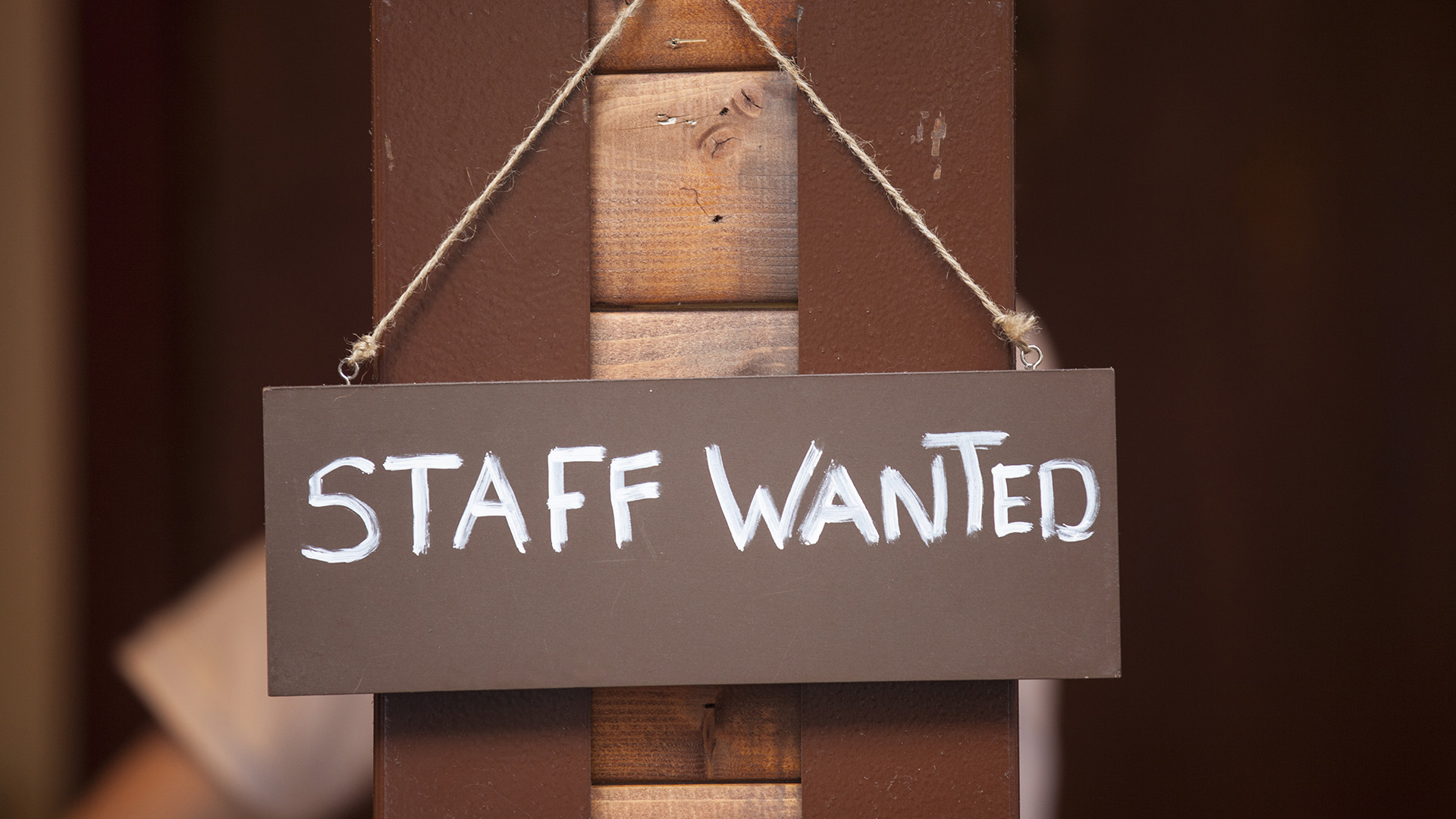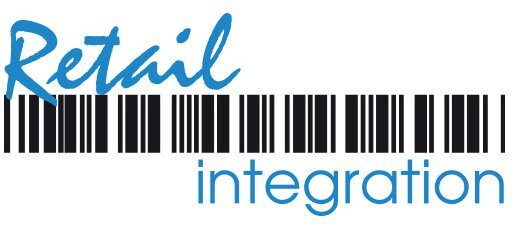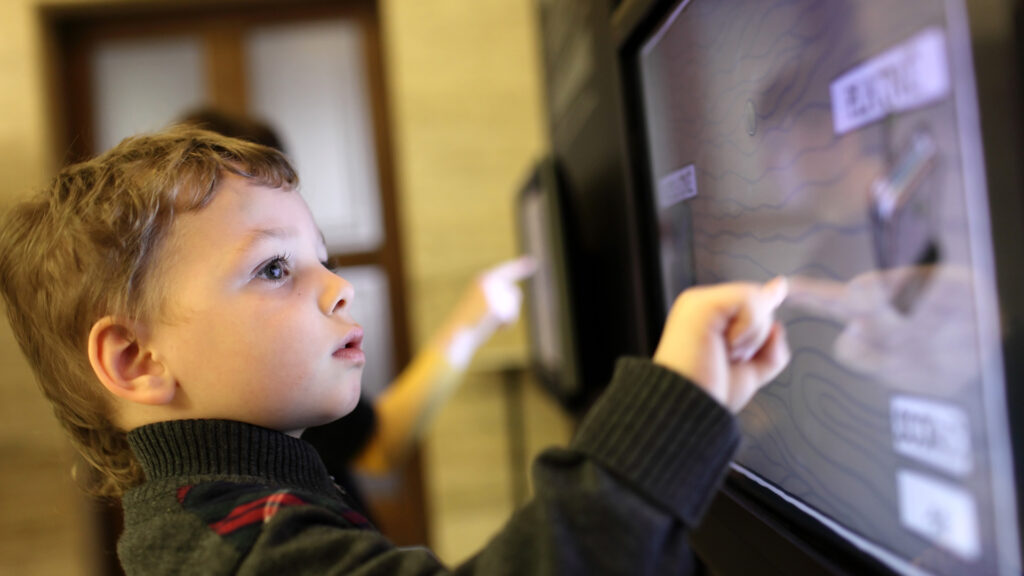When winter’s icy grasp tightens its hold on the Irish landscape, visitor attractions across the country find themselves grappling with not only the traditional obstacles of the season but also the pressing issue of the current cost of living crisis.
The allure of Ireland’s captivating heritage, adorned with mist-shrouded castles and frost-kissed natural wonders, remains undiminished. However, the bitter cold, shorter days, and the weight of soaring living expenses create a unique set of difficulties for these cherished sites. With that in mind, Retail Integration surveyed the Irish visitor attraction sector to gauge how visitor attractions handle these challenges and how they have used technology to adapt.

Winter Challenges: Adverse Weather and Lower Tourism Impact Visitor Attractions
Winter poses numerous challenges for visitor attractions in the Irish market, as adverse weather conditions, shorter daylight hours, and a decline in tourism numbers significantly impact visitor attendance. The unpredictable nature of winter weather, characterized by heavy rains, strong winds, and occasional snowfall, discourages many potential visitors from venturing out to explore attractions. Moreover, the limited daylight hours restrict the time available for visitors to engage in outdoor activities, reducing the overall duration of their visits.
This combination of factors leads to a notable drop in visitor numbers, presenting a considerable challenge for visitor attractions to maintain their operations and revenue streams during the winter months. Over 93% of respondents face a decrease in visitor attendance during the winter months, with most finding a large decrease in visitor attendance due to standard seasonal drop off and winter weather conditions.
To ensure visitor attendance during this period, all businesses employ heightened social media engagement, coupled with direct emails and strategic promotions or partnerships. Only 25% of respondents continue to rely on traditional paid media campaigns during this period.
43% of respondents look to increase their marketing efforts over the winter period, with others focusing on a mix of offers and discounts, reduced prices, gift card sales and innovative seasonal events on site.
Inflation/ Cost of Living
The cost-of-living crisis in Ireland is impacting visitor attractions, leading to staffing challenges and a potential decline in visitor numbers. Rising expenses make it difficult for attraction employees to make ends meet, resulting in higher turnover rates and staffing shortages. Additionally, visitors’ constrained budgets may limit their spending on leisure activities, affecting revenue for attractions.
With Irish Households also recording high savings and with increased demand for experiences and events, we are in uncharted territories for the sector. Adapting to these challenges requires attracting and retaining staff, adjusting pricing strategies, and enhancing the visitor experience to navigate the cost-of-living crisis successfully.



Labor shortages impacting Irish visitor attractions
The survey revealed that a significant majority of visitor attractions, over two thirds, have been affected by labour shortages. The hospitality and tourism industry has experienced challenges in attracting and retaining employees due to various reasons.
The pandemic caused many workers to seek alternative employment opportunities or change career paths, causing a shortage of skilled and experienced individuals within the sector. The current cost of living crisis in Ireland has also played a crucial role in exacerbating this situation. Rising living costs, particularly in major urban areas, have made it increasingly challenging for businesses to attract and retain employees.
Staff shortages can have a significant impact on visitor attractions. With fewer employees available to handle various tasks, attractions may struggle to provide high-quality customer service, leading to a decline in visitor satisfaction. Longer wait times, reduced operational efficiency, and limited staff availability for special events or activities can negatively affect the overall visitor experience. Reduced staff levels create an incentive to improve digital services such as online ticketing, digitally accessible guides and interactive displays.
How Irish visitor attractions adapt to the cost of living crisis
When asked about dealing with increasing costs due to inflation, the responses from Irish visitor attractions were varied. Two-thirds of the attractions reported that they had increased entrance fees to offset rising expenses. This approach aimed to balance the impact of inflation on their operational costs while maintaining revenue streams.
On the other hand, the remaining attractions took different approaches to address the issue. Some maintained their prices to avoid burdening consumers with additional costs, focusing on providing consistent value. Others opted to create new offerings at various price points to cater to a wider range of visitors and diversify their revenue streams. Lastly, some attractions made the decision to reduce their opening hours as a cost-saving measure. By adapting their strategies and considering factors such as consumer affordability, value creation, and operational efficiency, Irish visitor attractions aimed to navigate the challenges posed by increasing costs and inflation.
According to the responses gathered from visitor attractions, a significant majority of 87% reported that visitors were not spending less in cafes, restaurants, shops, or amenities. This indicates that despite various challenges and economic uncertainties, visitors have maintained their spending patterns in these areas. This trend can be seen as positive for both the attractions and the local businesses within or around them, as it suggests a continued level of engagement and willingness to support the local economy.
The findings also suggest that visitor attractions are successfully attracting visitors who are willing to engage in additional activities and make purchases beyond the entrance fees, further enhancing the overall visitor experience.
Embracing technology to boost visitor experience
Based on the responses received, it is evident that there has been a significant shift in the use of technology at visitor attractions.
A common change that respondents noted is the greater uptake of using mobile applications, which can provide various features such as downloadable audio guides, QR codes for easy access, and integration with services like MailChimp for efficient communication. The use of multimedia and digital signage has also increased, offering more advanced and immersive offerings that enhance the overall visitor experience. These technological advancements are driven by the growing customer expectation for new technology aspects to be integrated into their attraction experiences.
Additionally, there has been a rise in online ticket sales and bookings, especially since the onset of the COVID-19 pandemic. Over 90% of respondents take bookings via their online booking system, with just over a third taking bookings over the phone or by email.
While taking bookings in person is still hugely important to attractions, visitors are now more inclined to pre-book their tickets online rather than opting for walk-up purchases on the day of their visit. This shift towards online ticketing has resulted in increased website sales, indicating a growing preference for the convenience and flexibility offered by digital platforms.
The awareness and utilisation of technology have become more prevalent within the industry, as visitor attractions recognise the importance of adapting to changing consumer behaviours and incorporating technology-driven solutions to meet customer expectations.
Resilience and Adaptation in Irish Visitor Attractions
As winter’s frost settles upon Irish visitor attractions, they face the combined challenges of adverse weather conditions and the cost-of-living crisis. The captivating allure of Ireland’s heritage remains strong, but the bitter cold, shorter days, and soaring living expenses pose unique difficulties.
However, despite these obstacles, visitor attractions are resilient and adaptable. They have embraced technology to enhance the visitor experience, offering interactive displays, augmented reality guides, and personalized recommendations. By leveraging user-friendly tech, attractions create lasting connections with visitors and extend their market reach.
Moreover, they have responded to inflation by adjusting pricing strategies, creating new offerings, and, in some cases, reducing opening hours.
By navigating the complexities of winter and the cost of living crisis, Irish visitor attractions strive to maintain their vitality and provide exceptional experiences for all.
Your partner year round
With Meridian Experience, Retail Integration has created an integrated, end-to-end retail and ticketing system for visitor attraction sites. This system enables Ireland’s leading visitor attractions manage every aspect of their business, from ticketing and admissions to merchandising, food and loyalty programmes. Retail Integration has worked with some of Ireland’s leading visitor attractions, including Dublin Zoo, Christ Church Cathedral, Powerscourt Estate, Trinity College Dublin, Russborough, Airfield and Rainforest Adventure Golf to name but a few. We have listened to our customers and know that merging ticketing, epos and customer communication is integral to driving the continued success of your visitor attraction.
For more information on how we can help you grow revenues, optimise back office operations and deliver a seamless customer experience across every channel, contact Retail Integration, or request a demo here.



